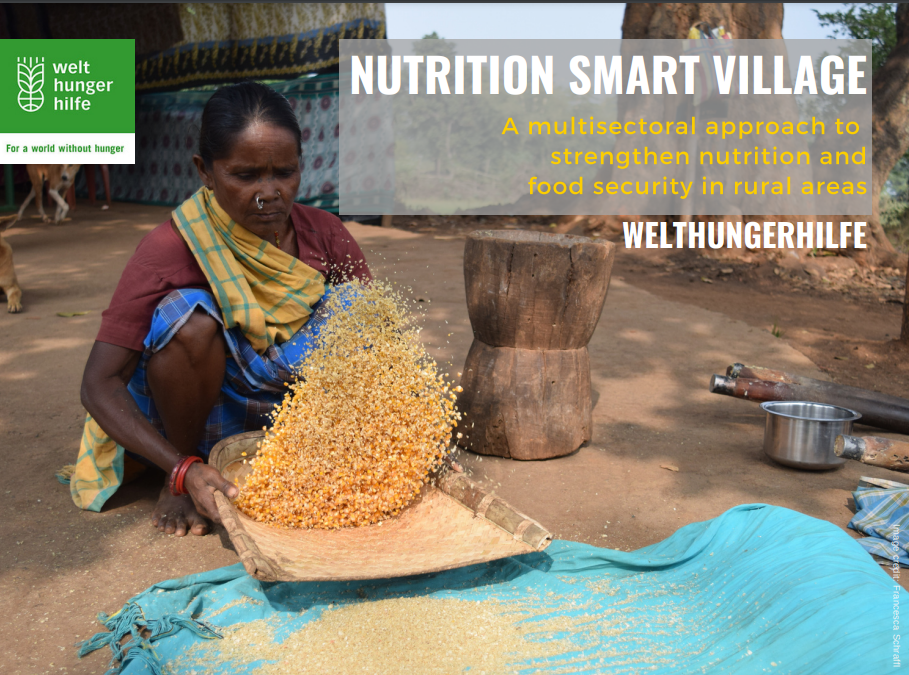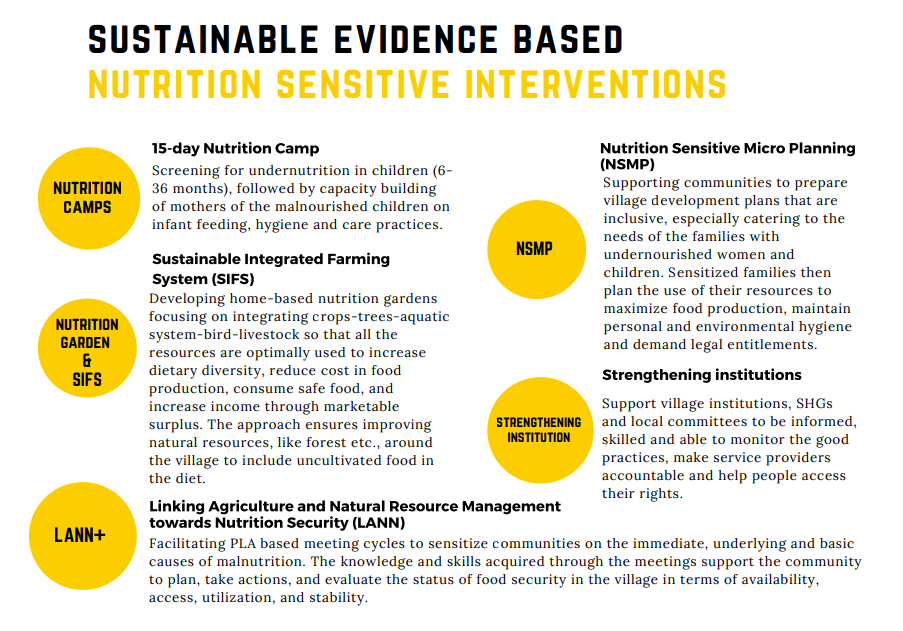Free Courses Sale ends Soon, Get It Now


Free Courses Sale ends Soon, Get It Now



Figure 1: No Copyright Infringement Intended
The objectives of the initiative are


© 2024 iasgyan. All right reserved